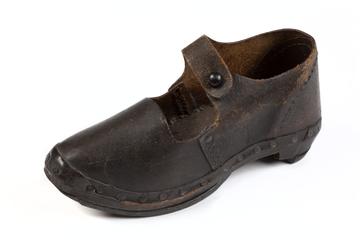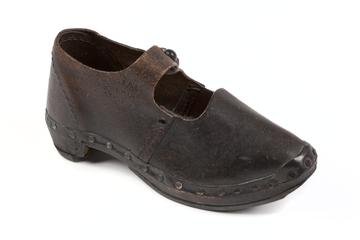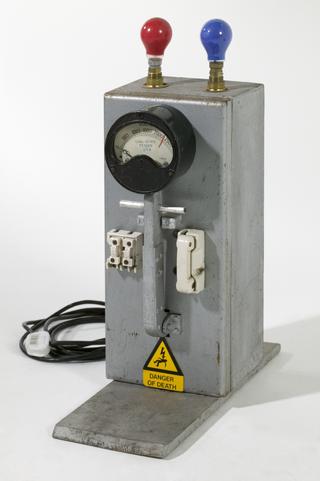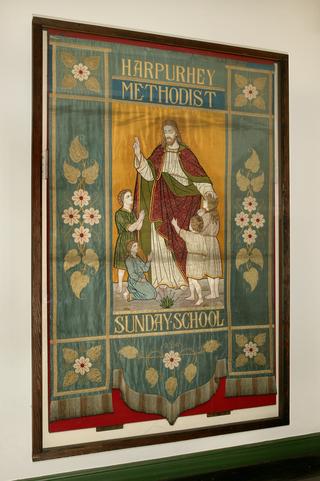
Toy Smokers Set
- Made:
- 1880-1991 in Manchester
A toy smokers outfit set with clay pipe, pipe swab, and plastic pouch; made by John Pollock & Co. "Friendship" model pipe.
Edward Pollock founded a clay pipe manufacturing business under his own name on First Street, off Oldham Road in Manchester in 1879. The business remained in the Pollock family until Gordon Pollock retired in 1990 and sold the company to Wilson & Co. of Sheffield. The last Manchester-based clay pipe factory, set up by the Pollock company, closed on Stott Street in 1994. Pollock outlasted its competitors due to the company’s adaptability and its effective use of promotion in periods of dwindling sales.
Pollock constantly brought out new designs, often using current affairs to influence products. In 1905, they had 228 designs on the market. Organisations and companies could even order personalised pipes to distribute. From the 1930s Pollock produced novelty pipes targeted at children, such as bubble gun pipes and bird whistle pipes. The sales of these were helped by a ban on the import of foreign toys in 1939.
Whilst the process of making pipes did become more mechanised over time, overall, the principle did not change. To make the pipes, workers pressed clay into one of the hundreds of different mould designs before firing the shaped clay in a kiln to harden.
The first commercial production of clay pipes for the consumption of tobacco began in England in the late 1500s. Clay tobacco pipes were the easiest way to smoke tobacco. They were inexpensive and popular but easily broken. Shredded tobacco was placed in the bowl of the pipe and lit, and the smoke inhaled through the mouthpiece. When tobacco was first introduced from the Americas, it was expensive, so pipe bowls were small. Tobacco plantations were established by newly settled Europeans in the Virginia region of North America. From the 1620s enslaved African people were forced to produce the crop. Their exploitation enabled tobacco to become more readily available and cheaper.
The introduction of cigarettes in the mid-19th century made smoking tobacco more accessible and gradually took over as the most popular way to consume tobacco. Most clay pipe manufacturers had gone out of business by the 1930s.
Today smoking tobacco is widely known to have huge impacts on our health. Since the adoption of smoking tobacco, there have been concerns over its effect on our bodies. During the 1800s, physicians linked chronic pipe use with mouth cancers and revealed the poisonous nature of nicotine, a substance found in tobacco. This did not stop tobacco from becoming woven into social practices, cultural identity and ideas of class and gender.
The consumption of tobacco’s active ingredient, nicotine, continues to evolve with the fast-moving e-cigarette and vape industry.
Details
- Category:
- Local History
- Collection:
- Pollock Pipe Collection
- Object Number:
- Y2001.281.4186
- Materials:
- paper (fibre product), ceramic (unspecified), plastic (unidentified) and synthetic fibre
- Measurements:
-
overall: 18 mm x 89 mm x 125 mm,
- credit:
- Purchased from Gordon Pollock




